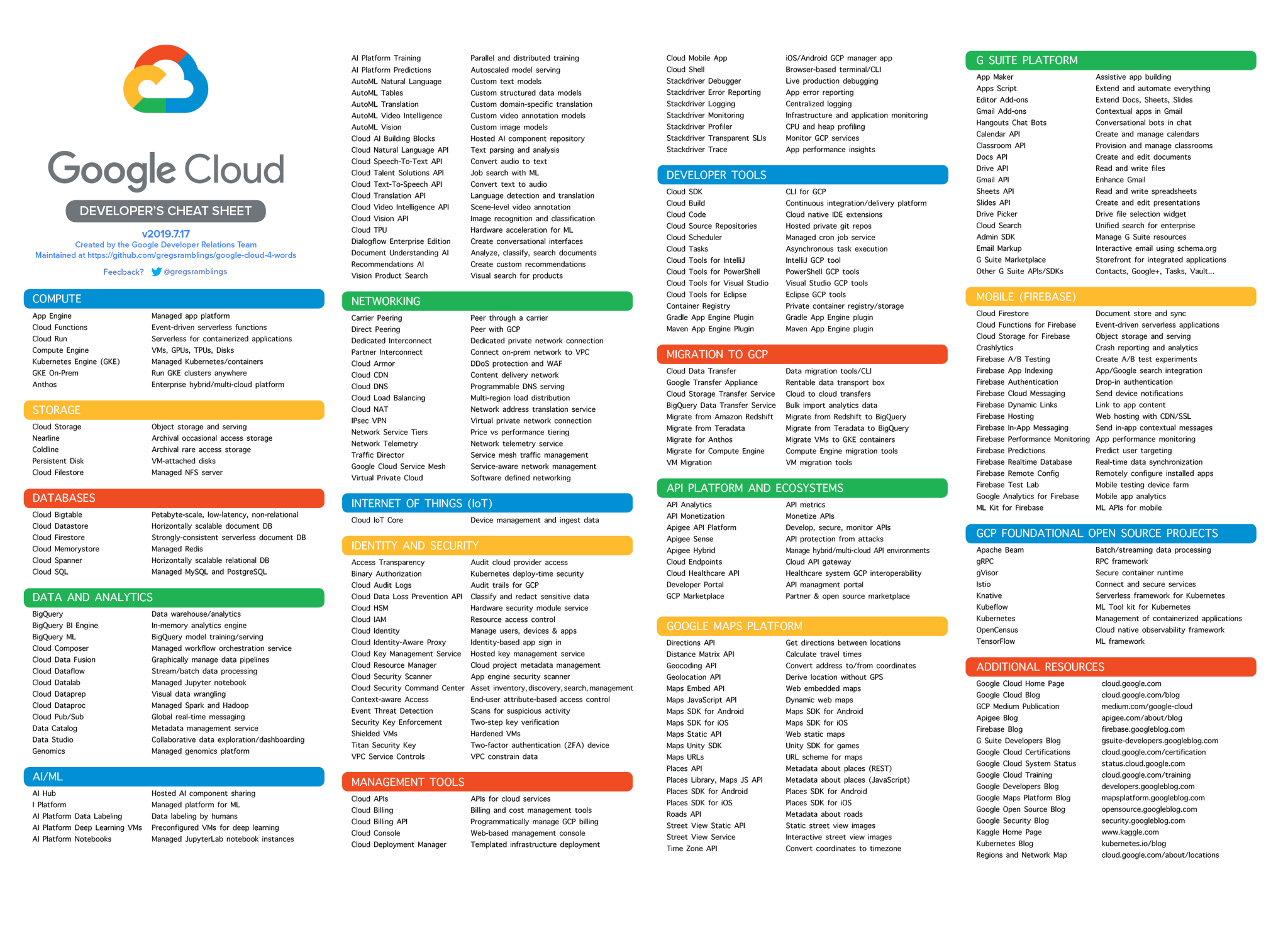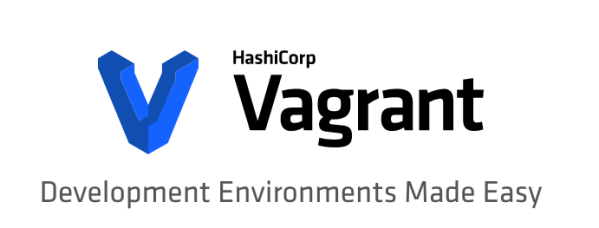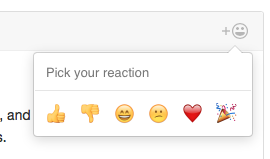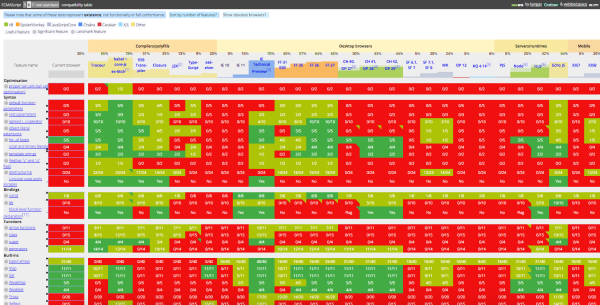I’m an Apple user.
One of the things that always has characterised Apple from my point of view is innovation. On October 18th Apple announced new MacBooks Pro with chips M1 Pro, M1 Max and without Touch Bar.
That was one of the things that surprised me the most, no Touch Bar! Everybody is really amaze by the new M1 family chips. Don’t get me wrong, I’m also amaze by the performance you can get with those new chips but that’s not innovation, that’s improvement.
In contrast most of the people is happy with Apple killing the Touch Bar.
I’ve been very curious about that and I’ve made a small investigation looking for the main reasons why people was so happy with removing the touch bar on the new MacBook Pro models. These are the two main reasons I could find.
- Hitting the Touch Bar by mistake
- Replace Touch Bar was costly
- It consumes battery
- Sun reflecting Touch Bar make it impossible to work with it
Now let’s analyze one by one and let’s dismantle those nonsense arguments.
Hitting the Touch Bar by mistake
Are you really seriously arguing that because you hit by mistake a new part on your keyboard that’s the reason for removing it? Then why don’t you remove every single key in your keyboard that you hit by mistake while typing?
Touch Bar was a new area on your keyboard a really powerful one, you could configure it per application! Yes, configuration per application, you can make different configurations to show automatically your most used functions, isn’t that innovation compared with the ancient F1-F12 function keys?
Since it was a new area in your keyboard that’s normal you need some time to get used to it. Do you remember when smart phones arrived? It was impossible to get use to typing on a touch screen. I remember myself typing insanely fast with the 1-9 keyboard or even faster while using Blackberry keyboards, however it took me a lot to get used to the new way of typing on the new smart phones. Imagine they decided to remove that just because you were hitting keys by mistake.
If customers reported Touch Bar is difficult to use because they constantly accidentally hit the wrong keys, why don’t we make it a bit wider? or why don’t we put a little bit more of space between the top side of the keyboard and the keyboard? Just few millimetres can make the difference.
Replace Touch Bar was costly
Another nonsense argument IMHO. Just one question to people arguing this. How much do you think it costs to replace your MacBook Pro screen, SSD or battery?
The same here, if it makes your laptop reparation more expensive it’s just matter of finding the right components for reducing costs when building it and place it in a separate layer in the laptop to be able to remove the keyboard only or the touch bar only or both. Thousands of possibilities.
It consumes battery
Arguing that it consumes battery nowadays it’s like saying the sun brights. For the same reason Apple could remove the illumination on your keyboard. Can you imagine having your laptop now without that amazing retro illumination keyboard? I can’t imagine mine without that even if it consumes battery it’s matter of optimise it but it’s a huge step forward.
The same happened with the Touch Bar, it was a huge step forward. A retro illuminated bar which is changing when you move from one application to another showing you the most used functionalities, making suggestions and auto corrections while you type, emojis with just a click and thousands of customisations, giving freedom to the users to configure their keyboards with amazing personal features.
Touch Bar consumes battery, matter of optimisation, reduce bright, use better components, turn off when you stop typing, etc…
Sun reflecting Touch Bar make it impossible to work with it
I almost died when I read this argument, in my opinion without any doubt the most stupid argument of all of them.
Why don’t you just sit down backwards to the sun and try to work with your laptop? Probably because you won’t see anything, the sun reflecting in your screen, so then the solution is to remove the screen of the laptop?
One more time people trying to find absurd arguments about the Touch Bar.
If user reported, “hey I can’t see anything while working outside due to sun reflections”, again, let’s improve it ! let’s find better components to reduce reflections.
Conclusion
I could not find yet any good reason for Touch Bar removal on the new MacBook Pro models, most likely the real reasons behind this decision were to reduce production costs. If you have a look at the new MacBook Pro they are exactly identical to the previous ones except for new chips, they might have invested a lot of resources on those new chips and they need to make them as profitable as possible.
Anyway this decision is a step back in terms of innovation and innovation is what companies and people as human beings must strive for. Innovation is the key to success in the long term, innovation is what really makes us to jump further in terms of progress not only technologically speaking, innovation is what makes us to start looking at things with a different perspective with a different angle and improve and change things that were settled down for a lot of time and now can be changed, can be better and can make us evolve.
Innovation is not always popular, in fact, just the opposite, when people or companies really innovate most of the people look at those innovations with disbelief and it’s only after several years when new generations start to assume that those “weird things” that those “crazy thinkers” did in the past are now the new standard.
If it were for the way of thinking of many people we would still live in caves like in the Paleolithic.
Never give up keep innovating despite of the thoughts of the people !






































































































